Frank Decker | |
|---|---|
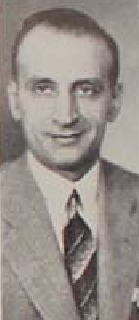 | |
| Occupation | Spiritualist medium |
Frank Decker was a 20th-century American spiritualist medium who was discovered to be a fraud.
Frank Decker | |
|---|---|
 | |
| Occupation | Spiritualist medium |
Frank Decker was a 20th-century American spiritualist medium who was discovered to be a fraud.
Decker was born to a family of Syrian origin. [1] [2] He lived in Greenwich Village in New York City. [3] In January, 1930 Decker took a challenge to win $21,000 if he could prove his supposed mediumship powers. Decker would not win the prize if the magician Joseph Dunninger could duplicate the same physical phenomena. In the séance Decker claimed spirits had moved trumpets around the room and spoken in them. After the séance was finished, Joseph Dunninger replicated by natural means the same trumpet phenomena as Decker. Decker did not win the prize. [4]
In 1932, Decker was exposed as a fraud. A magician and séance sitter who called himself M. Taylor presented a mail bag and Decker agreed to lock himself inside it. During the séance objects were moved around the room and it was claimed spirits had released Decker from the bag. It was later discovered to have been a trick as Martin Sunshine, a magic dealer admitted that he sold Decker a trick mail bag, such as stage escapologists use, and had acted as the medium's confederate by pretending to be M. Taylor, a magician. [5] Edwin F. Bowers had defended Decker. In his book Spiritualism's Challenge, Bowers had made incorrect statements about the magician and was threatened with a lawsuit from the Society of American Magicians. He later removed the incorrect statements from his book. [6]
In 1933, Decker was investigated by the psychical researcher Harry Price at the National Laboratory of Psychical Research. [7] Under strict scientific controls that Price contrived, Decker failed to produce any phenomena at all. [8]

Spiritualism is a social religious movement primarily popular in the nineteenth and early twentieth centuries according to which an individual's awareness persists after death and may be contacted by the living. The afterlife, or the "spirit world", is seen by spiritualists not as a static place, but as one in which spirits continue to evolve. These two beliefs—that contact with spirits is possible, and that spirits are more advanced than humans—lead spiritualists to the belief that spirits are capable of providing useful insight regarding moral and ethical issues, as well as about the nature of God. Some spiritualists will speak of a concept which they refer to as "spirit guides"—specific spirits, often contacted, who are relied upon for spiritual guidance. Emanuel Swedenborg has some claim to be the father of Spiritualism.

A séance or seance is an attempt to communicate with spirits. The word séance comes from the French word for "session", from the Old French seoir, "to sit". In French, the word's meaning is quite general: one may, for example, speak of "une séance de cinéma". In English, however, the word came to be used specifically for a meeting of people who are gathered to receive messages from ghosts or to listen to a spirit medium discourse with or relay messages from spirits. In modern English usage, participants need not be seated while engaged in a séance.

The National Laboratory of Psychical Research was established in 1926 by Harry Price, at 16 Queensberry Place, London. Its aim was "to investigate in a dispassionate manner and by purely scientific means every phase of psychic or alleged psychic phenomena". The honorary president was Lord Sands, K.C., LL.D., acting president was H. G. Bois, and the honorary director was Harry Price. In 1930 the Laboratory moved from Queensberry Square, where it had been a tenant of the London Spiritualist Alliance to 13 Roland Gardens. In 1938, its library was transferred on loan to the University of London.

In Spiritualism, paranormal literature and some religions, materialization is the creation or appearance of matter from unknown sources. The existence of materialization has not been confirmed by laboratory experiments. Numerous cases of fraudulent materialization demonstrations by mediums have been exposed.

Harry Price was a British psychic researcher and author, who gained public prominence for his investigations into psychical phenomena and exposing fraudulent spiritualist mediums. He is best known for his well-publicised investigation of the purportedly haunted Borley Rectory in Essex, England.

Mediumship is the alleged practice of mediating communication between familiar spirits or spirits of the dead and living human beings. Practitioners are known as "mediums" or "spirit mediums". There are different types of mediumship or spirit channelling, including séance tables, trance, and ouija. The practice is associated with Spiritualism and Spiritism. A similar New Age practice is known as channeling.

Eusapia Palladino was an Italian Spiritualist physical medium. She claimed extraordinary powers such as the ability to levitate tables, communicate with the dead through her spirit guide John King, and to produce other supernatural phenomena.

Henry Slade (1835–1905) was a famous fraudulent medium who lived and practiced in both Europe and North America. Slade was best known for his "slate writing" method, where he would purportedly produce message written by spirits on slates.

William Hope was a pioneer of so-called "spirit photography". Based in Crewe, England, he was a member of the well known spiritualists group, the Crewe Circle. He died in Salford hospital on 8 March 1933.
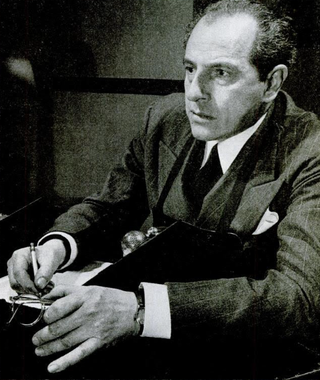
Joseph Dunninger, known as "The Amazing Dunninger", was one of the most famous and proficient mentalists of all time. He was one of the pioneer performers of magic on radio and television. A debunker of fraudulent mediums, Dunninger claimed to replicate through trickery all spiritualist phenomena.

Ectoplasm is a term used in Spiritualism to denote a substance or spiritual energy "exteriorized" by physical mediums. It was coined in 1894 by psychical researcher Charles Richet. Although the term is widespread in popular culture, there is no scientific evidence that ectoplasm exists and many purported examples were exposed as hoaxes fashioned from cheesecloth, gauze or other natural substances.
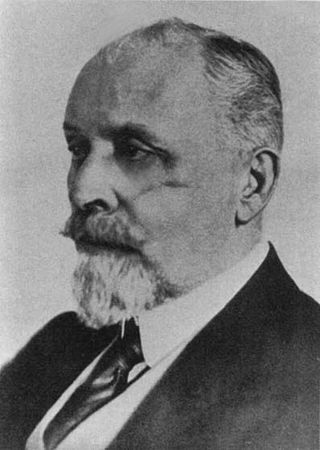
Albert Freiherr von Schrenck-Notzing was a German physician, psychiatrist and notable psychical researcher, who devoted his time to the study of paranormal events connected with mediumship, hypnotism and telepathy. He investigated Spiritualist mediums such as Willi Schneider, Rudi Schneider, and Valentine Dencausse. He is credited as the first forensic psychologist by Guinness World Records.

Eva Carrière, also known as Eva C, was a fraudulent materialization medium in the early 20th century known for making fake ectoplasm from chewed paper and cut-out faces from magazines and newspapers.

Franek Kluski, real name Teofil Modrzejewski (1873-1943), was a Polish physical medium criticized by trained magicians and skeptics as a fraud. Kluski was best known for his séances in which alleged "spirit" molds of hands materialized. It was later demonstrated by Massimo Polidoro and chemist Luigi Garlaschelli that these molds could have easily been made by fraudulent methods.

Joseph Francis Rinn (1868–1952) was an American magician and skeptic of paranormal phenomena.

Jan Guzyk (1875–1928), also known as Jan Guzik was a Polish spiritualist medium known for his alleged ability of psychokinesis. Guzyk was exposed as a fraud by psychical researchers Harry Price and Max Dessoir.
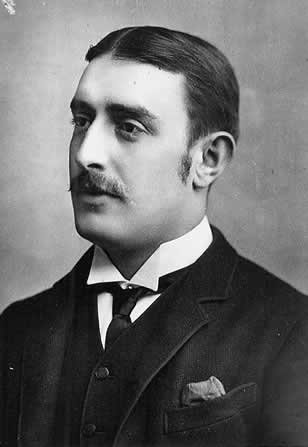
William Eglinton (1857–1933), also known as William Eglington was a British spiritualist medium who was exposed as a fraud.
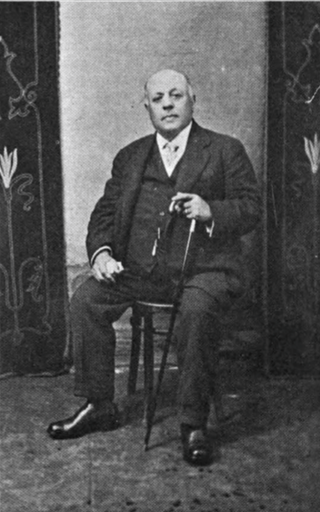
Bert Reese (1851–1926) was an American-Polish medium and mentalist, most well known for his billet reading demonstrations.

Kathleen Goligher was an Irish spiritualist medium. Goligher was endorsed by engineer William Jackson Crawford who wrote three books about her. She was exposed as a fraud by physicist Edmund Edward Fournier d'Albe in 1921.
William Wortley Baggally, most well known as W. W. Baggally, was a British psychical researcher who investigated spiritualist mediums.